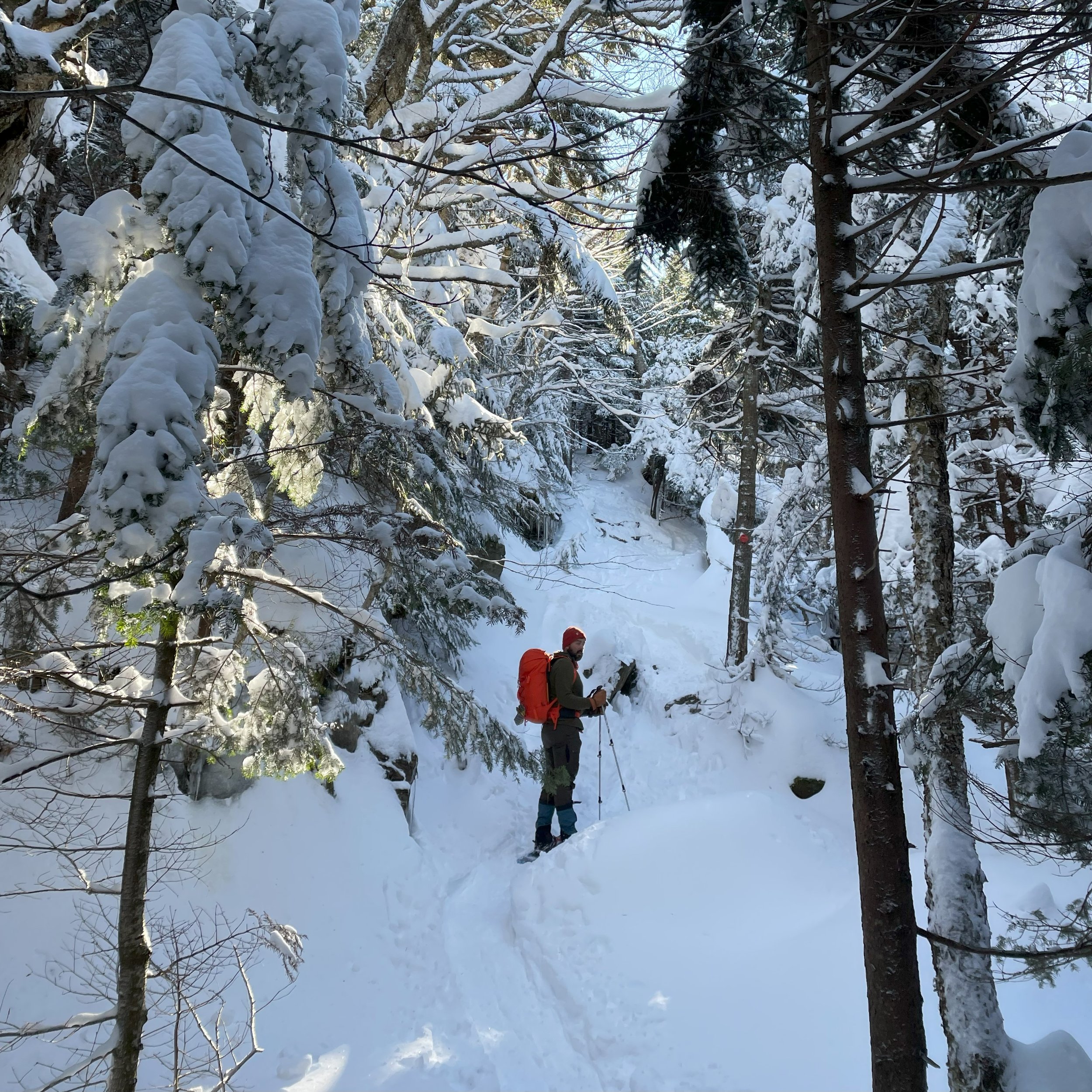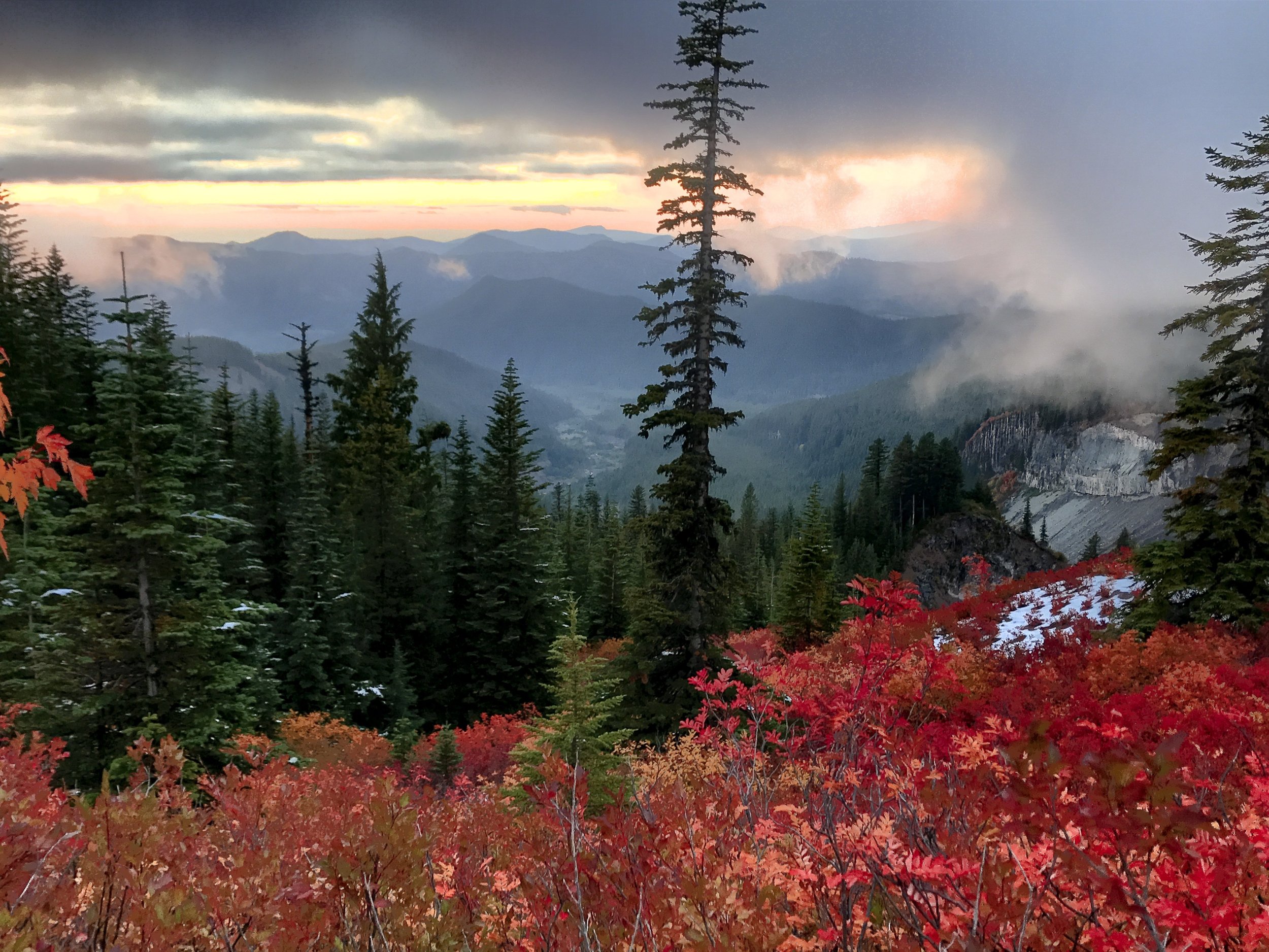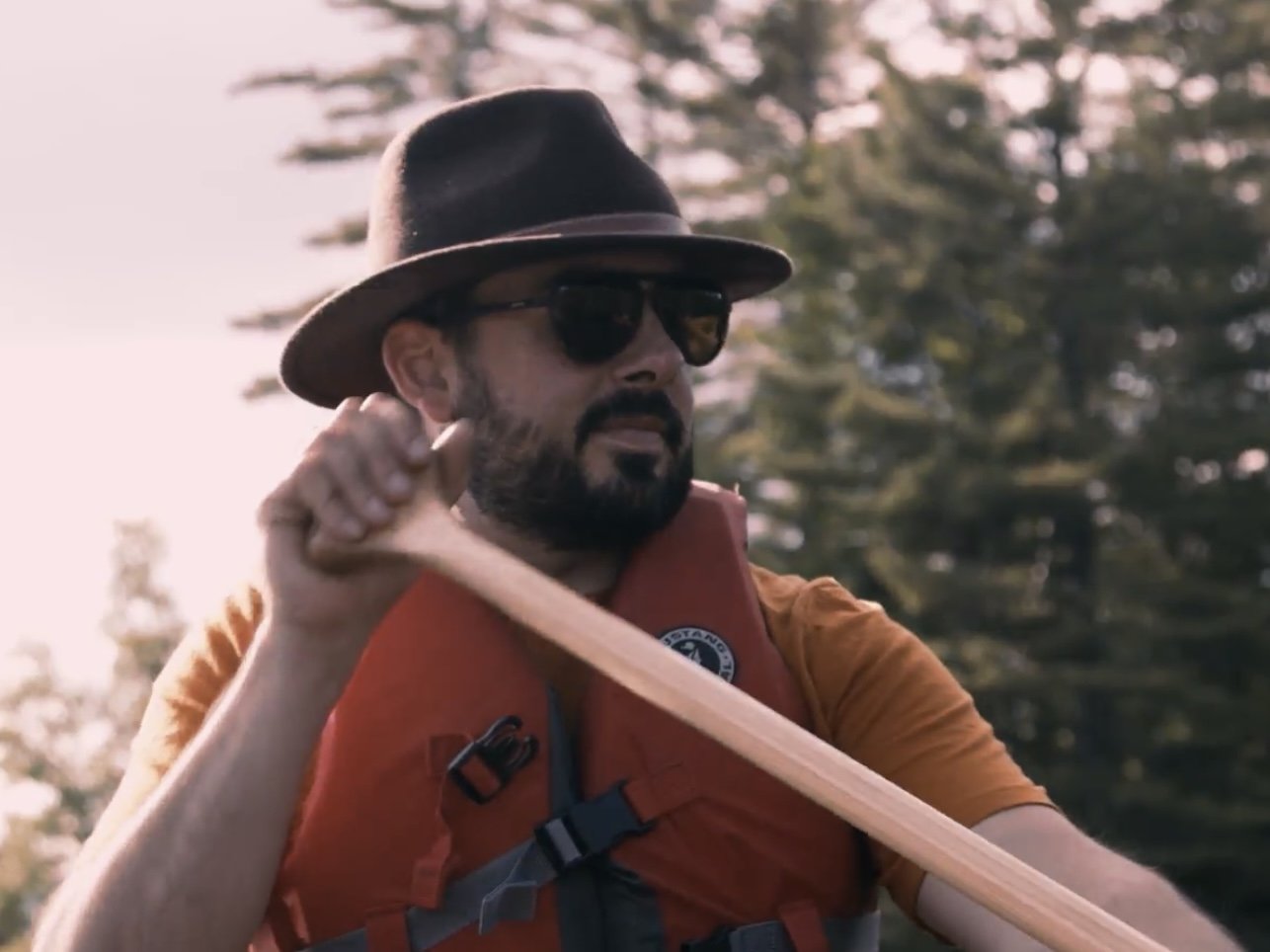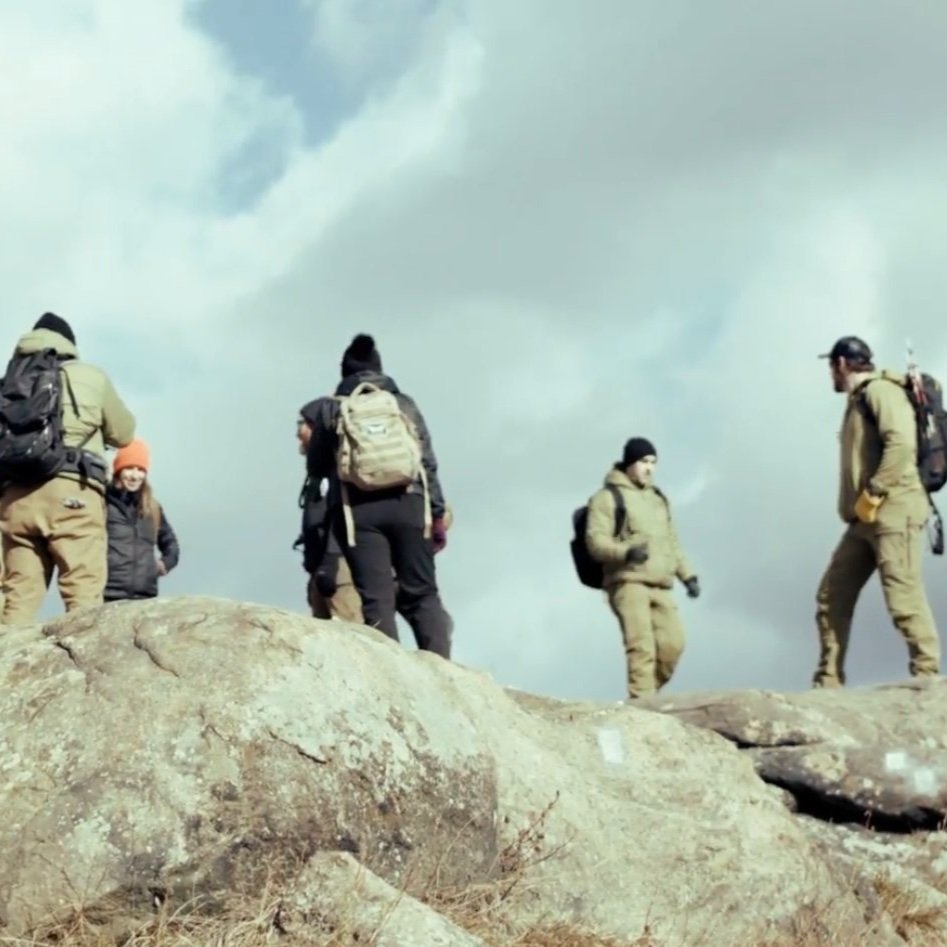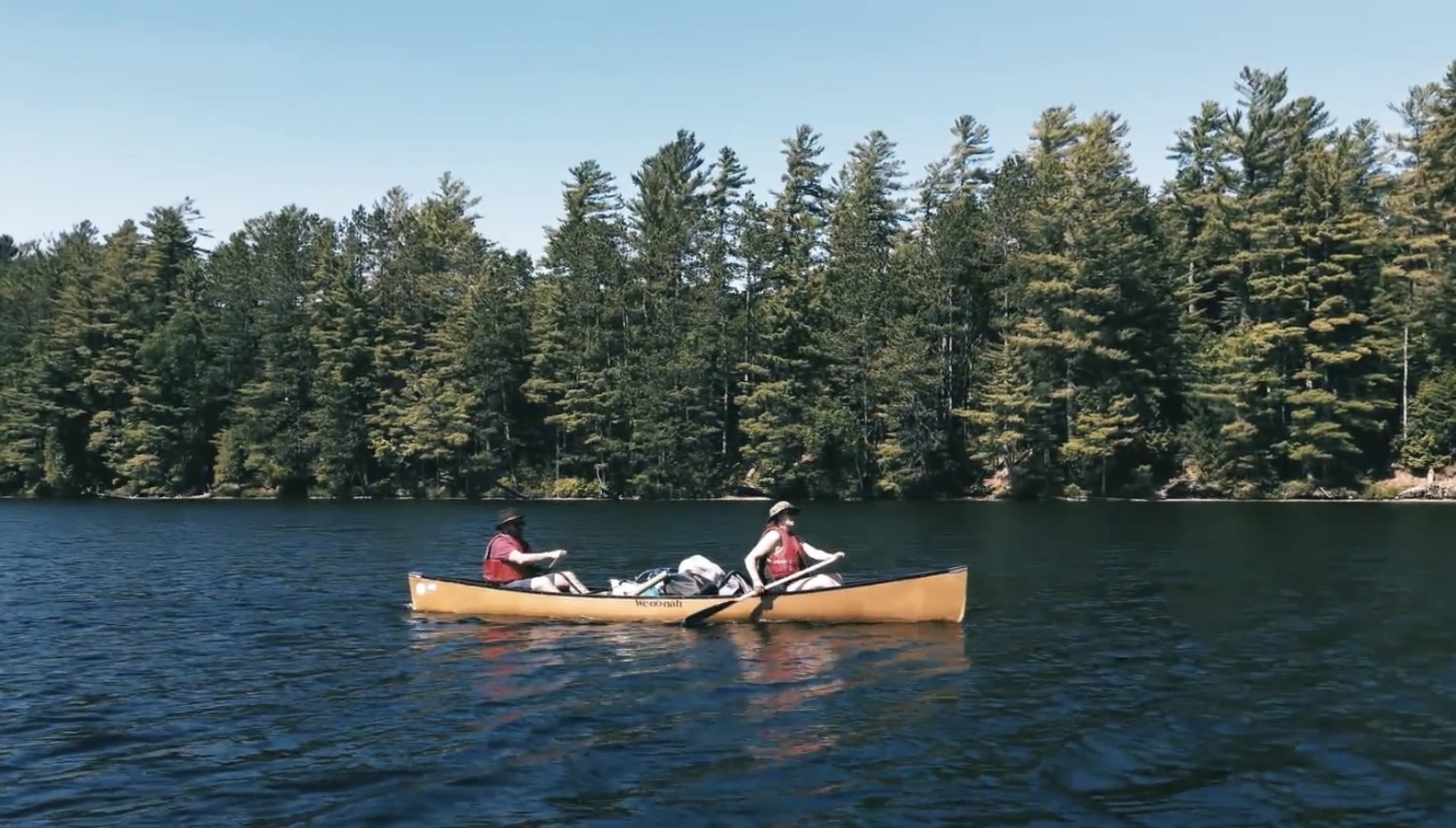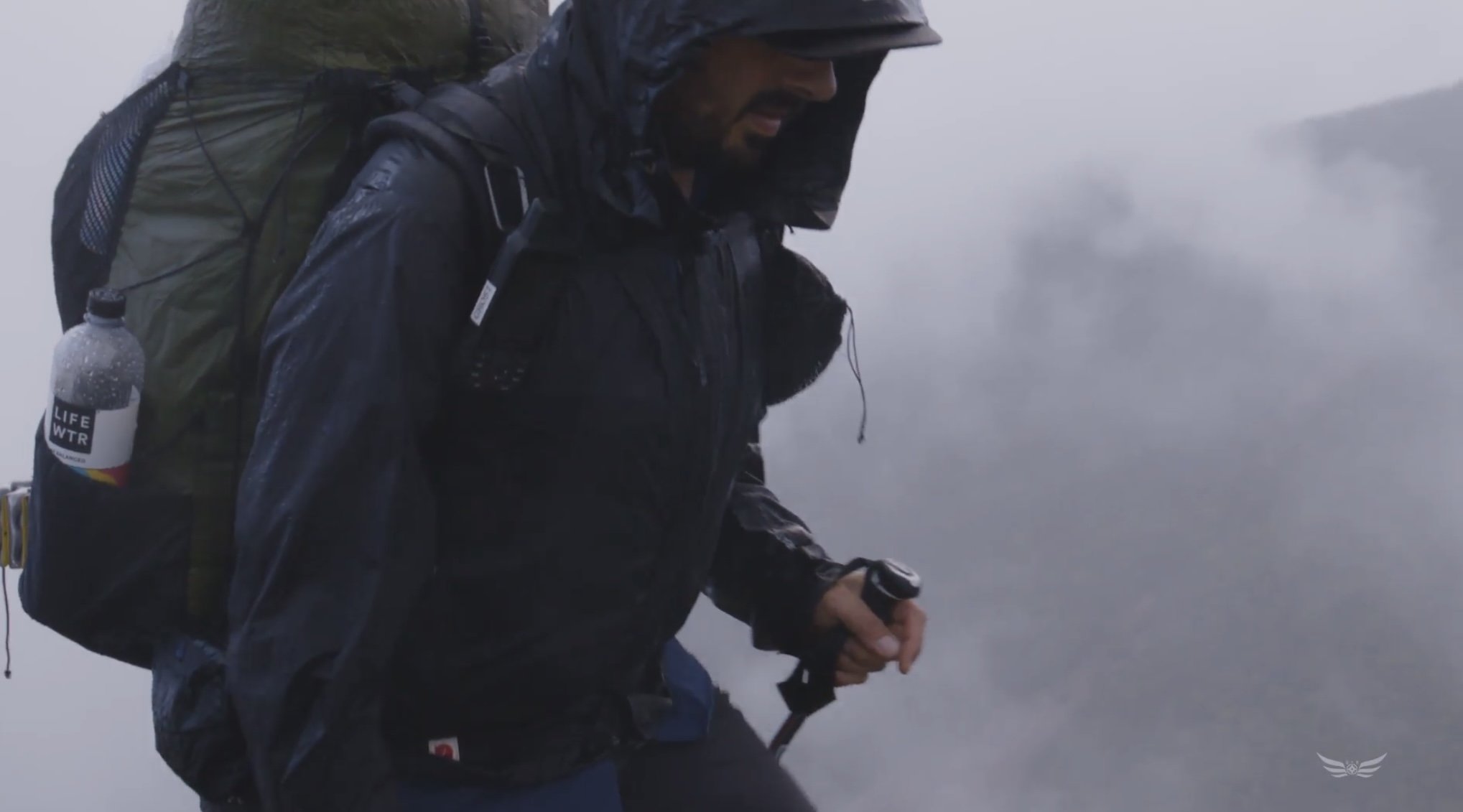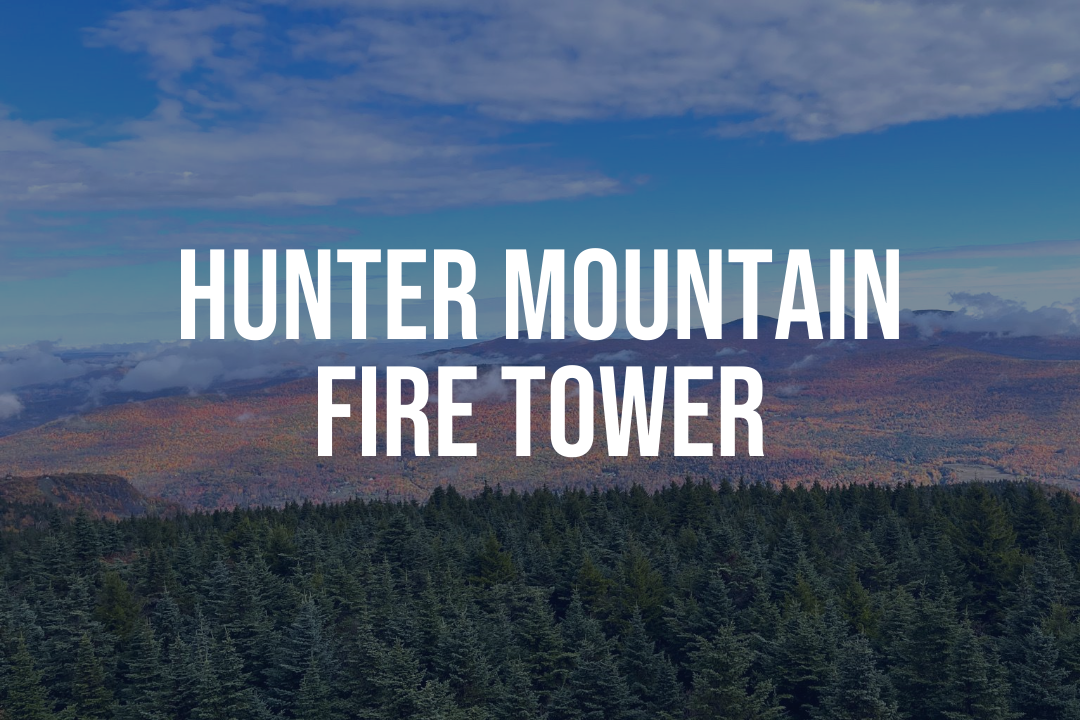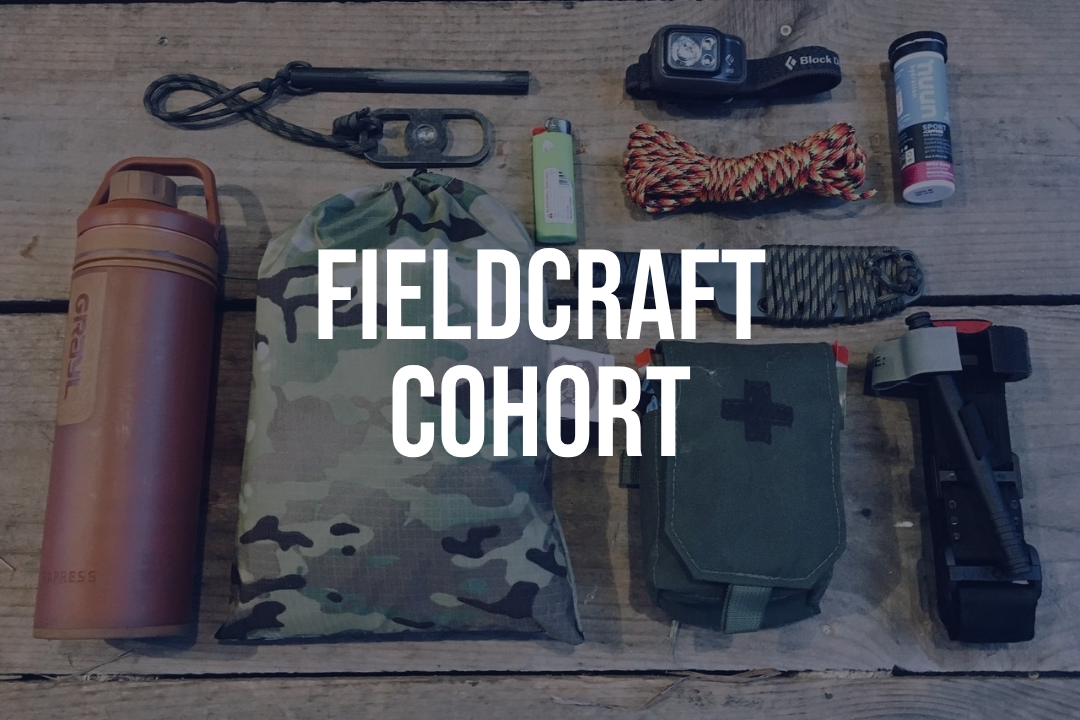Top 10 Essentials For Hikers
If you’re a hiking enthusiast, you know that many considerations go into planning a safe and enjoyable hike — you need to pick a destination, plan a route, check the weather, pay attention to trail conditions, and calculate how much food and water you’ll need for your journey.
One of the most important considerations, though, (and one that trips people up the most) is what to pack.
Any time you decide to set off for an outdoor adventure, you need to make sure you have everything you need for a hike that allows you to enjoy all the beauty that Mother Nature has to offer while keeping you out of harm’s way, as well as a few extra items that you hopefully won’t need, but may come in handy during an emergency.
You also need to consider the weight of all your gear, because, after all, you’ll be the one who has to lug all this equipment around on your hike. Narrowing down your gear to the essentials can be frustrating, but fortunately, there’s a tried and tested, decades-old system that will make preparing for your outdoor adventure a snap.
Henri de la Vega (our Another Summit Director of Outdoor Adventure and Education) is here to share these 10 (+1) essentials for hikers to ensure you have everything you need before you hit the trail.
The 10 Essentials
The 10 Essentials is a list of safety equipment developed and promoted by The Mountaineers Organization in the 1930s and formalized in the third edition of “Mountaineering: The Freedom of the Hills” in 1974.
Their goal was to create a system for packing hiking gear that would positively answer two questions:
Can you prevent emergencies and respond positively should one occur?
Can you safely spend a night (or more) outside?
This list has evolved over the years, but if you carry each item, and practice with a few of them, you’ll have everything you need to cover the bulk of your bases.
Hiking Essential #1: Navigation
While it may seem like a no-brainer, having a solid navigation system in place before your outing is essential for safely enjoying all of the beauty that mother nature has to offer.
The first thing you’ll need to dial in your navigation system is an up-to-date map of the area where you’ll be hiking, along with a compass. Be sure to get some practice using a map and compass together before heading out into the wilderness.
It’s also a good idea to have a digital map on a GPS device or smartphone handy so you can quickly find your location along your route. However, it’s important to note that this shouldn’t be your sole navigational device — a good old-fashioned paper map will never run out of batteries!
Hiking Essential #2: Headlamp
Whether you’re planning for a night hike or dealing with an unforeseen event that leaves you in need of a little light in the darkness, a headlamp is an essential that’s better to have and not need instead of need and not have.
When hiking in the mountains, you can expect it to start getting dark before the sun sets. A thick canopy of trees or nearby mountains can cast shade over your path, making it much darker than if you were hiking in an open area. Slower-than-expected pacing, injuries, or beautiful sunsets are factors that might slow your group down and keep you out well after dark.
Pro Tip: Always make sure you have back-up batteries for your light source
Hiking Essential #3: First Aid Kit
Nobody wants to think about getting injured out on the trail, but it’s something everyone should be prepared for.
First aid kits can be purchased pre-packaged or assembled to suit the unique requirements of a specific hike or hiker.
At the bare minimum, your kit should include tweezers, blister care products, treatments for cuts and scrapes, common medications, and any personal medications you might need.
We recommend products from Adventure Medical, they take the guesswork out of putting a first aid kit together and are sold in a wide range of sizes for anything from short hikes to days-long expeditions.
Pro Tip: Take a wilderness first aid course so you know how to use your kit if you find yourself in a sticky situation.
Hiking Essential #4: Knife & Repair Kit
When you’re out in the wilderness, few things can be as handy as a small repair kit for any minor emergencies. Out on the trail, where help isn’t always available, a compact kit with essentials like duct tape, lightweight rope, and a pocket knife can make a world of difference.
These simple tools have countless uses:
Duct tape can be used to quickly mend a ripped backpack or a broken boot, keeping your gear functional until you’ve made it back home.
A pocket knife is invaluable for everything from cutting food and first aid supplies to crafting splints or stakes if you need them.
Lightweight rope or paracord adds even more versatility to your kit, helping you to secure loose items, set up a makeshift shelter, or rig a clothesline to dry out wet gear.
Hiking Essential #5: Fire
When you’re hiking in the mountains, temperatures can drop quickly, especially in winter. To make sure you stay safe in colder weather, you should always carry two ways to make a fire, as well as a quick tinder source.
A lighter and waterproof matches are a good combination and a ziplock bag full of dryer lint or wax-soaked cardboard will help get a fire going in no time. It’s important to note that these items should be used only in case of emergency.
Pro Tip: Practice using these items to start a fire someplace where campfires are legal because fire building is a skill you don’t want to learn in the event of an emergency.
Hiking Essential #6: Shelter
The last thing you want when you’re out on the trail is to end up at the mercy of the elements, especially if the weather takes a sudden turn or you’re forced to stay out longer than planned.
That’s why having a basic shelter system is essential, even for shorter hikes. Carry an emergency blanket or a bivy to provide a quick and effective layer of protection during the milder months, in winter when the temperatures drop, it’s wise to carry a more robust shelter and sleeping system, especially if you’re venturing deeper into the backcountry.
Insulated sleeping bags and small, packable tents can provide the warmth and coverage needed to withstand colder nights and harsher elements. In any season, having an emergency shelter system on hand offers physical protection and provides peace of mind, knowing that you’re covered no matter what Mother Nature throws at you.
Hiking Essential #7: Extra Food
When you’re exploring the wilderness, having extra food can be a crucial part of your hiking preparation.
Whether you’re lagging behind because your trail is tougher than anticipated or you simply want to do a bit of extra exploring, packing some extra food can ensure you have the energy to keep moving forward even if you’re delayed.
Opt for lightweight, shelf-stable, and high-calorie snacks that won’t spoil or weigh you down. Some great options are nuts, jerky, and protein bars. These kinds of foods are compact nutrient-dense, offering a mix of proteins, healthy fats, and carbohydrates that will keep you fueled without taking up too much space in your pack.
Hiking Essential #8: Water Purification
When preparing for any outdoor adventure, you’ll need to make sure you have enough water to keep you going for the duration, but there might be times when your supply runs dry before you make it to your destination.
If you don’t want to be left high and dry while you’re on the trail, you should also be carrying some form of water purification system to ensure that you’ll be able to stay hydrated should something happen to your stores while you’re on the move.
Water purification systems can come in the form of squeeze filters, gravity filters, tablets, or chemical drops. Make sure that there is water on the route you choose before relying on collecting your water while you’re on the move.
Hiking Essential #9: Sun Protection
No matter what season you decide to hit the trails, it’s essential to ensure that you’re protected from harmful UV rays at all times.
Grab a hat, your sunscreen of choice, and polarized sunglasses. Carry them even when it’s not sunny and remember to apply plenty of sunscreen even on overcast days. ‘Nough said.
Hiking Essential #10: Layering System
Having a top-notch layering system is critical for any hike, and getting your layering right could easily fill an article on its own and, in fact, it already has!
Dress in layers so you can easily adjust your temperature while hiking, and be sure you always carry a warm layer to throw on at any windy summits and keep rain gear in your pack even if rain isn’t in the weather forecast for the day.
Your layering system should include a moisture-wicking base layer, an insulating middle layer, and an outer shell to protect you against wind and rain.
Bonus Hiking Essential: Poop Kit
This one isn’t on the 10 Essentials list, but we think it’s an important piece of kit that every hiker or hiking group should carry.
A poop kit should consist of a waterproof bag to contain all your essential items — toilet tissue, a lightweight trowel for digging a cat hole, and a whistle just in case you get turned around while you’re out in the woods on your own.
If you want to learn more about a poop kit fits into the 7 Leave No Trace Principles, you can read more at Leave No Trace.
Interested in learning more about the 10 Essentials and how to use them? Check out Another Summit’s Fieldcraft Series where you’ll learn many of the advanced skills needed to thrive in the wilderness with this simple system.
Final Pro Tip: Always leave a detailed copy of your hiking plans with someone who cares about you and enjoy the great outdoors!
Join Another Summit’s Outdoor Activities for Veterans and First Responders
Another Summit is an outdoor adventure program created by not-for-profit organization Guardian Revival to enrich the lives of military, veterans, and first responders (our guardians) and their families at no cost to them.
We welcome all guardians, whether they’re active or retired, including Law Enforcement, Fire & Rescue, EMS, Dispatchers, Corrections, Federal Agents, Veterans, Active Military, Reserve, and National Guard.
Another Summit leads and organizes structured outdoor activities within the Hudson Valley Region of New York. Our outdoor activities are available for any skill level from beginner to advanced and are led by trained outdoor leaders.
Whether you’re looking for a leisurely stroll to enjoy some fresh air with friends, or aiming to test your limits in the great outdoors, Another Summit has an experience for every guardian regardless of age or skill level..
Ready to grab your essentials and get into the great outdoors? Check out our calendar for upcoming events and join Another Summit today.


